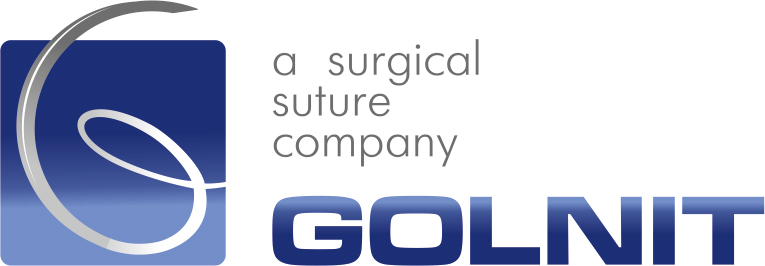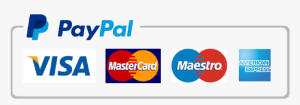Surgical Needle Characteristics
Golnit offers a larger variety of surgical needles ranging from 4mm to 75mm in length indicated for the widest range of USP sizes. The needle types and their respective symbols are shows in the table below:
| Needle Symbol | Point type |
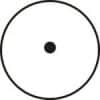 | Taper Point |
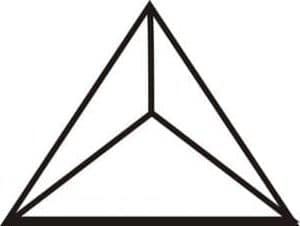 | Cutting |
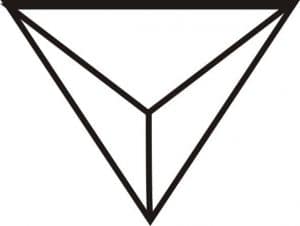 | Reverse Cutting |
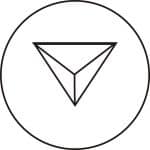 | Tapercut |
 | Reverse Cutting (micro) |
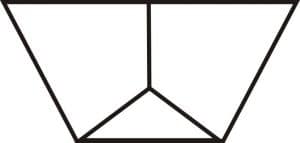 | Spatula (micro) |
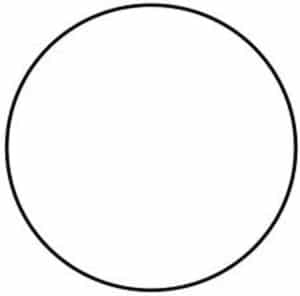 | Blunt Taper Point |
All Golnit surgical needles are made of high quality stainless steel of AISI 302 series. The corrosion-resistant stainless steel needles of AISI 302 series are as slim as possible without compromising strength, stable in the grasp of a needle holder, able to carry suture material through tissue with minimal trauma, extra sharp to penetrate tissue with minimal resistance, and rigid enough to resist bending but not break. The image below depicts the main elements common for all eyeless surgical needles and crucial for determining their application area.
ANATOMY OF NEEDLE
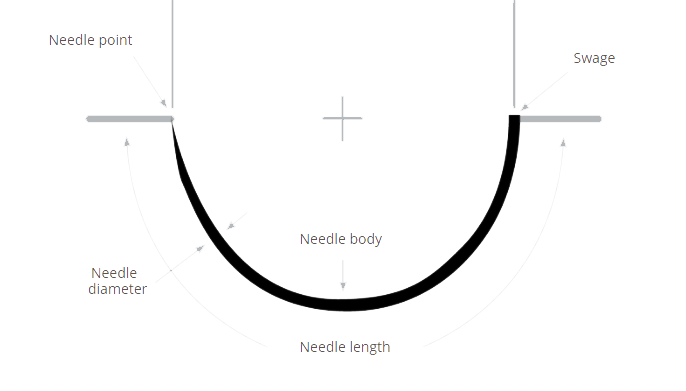
TERMINOLOGY NEEDLE
Swage: Attachment point of the suture and the needle.

